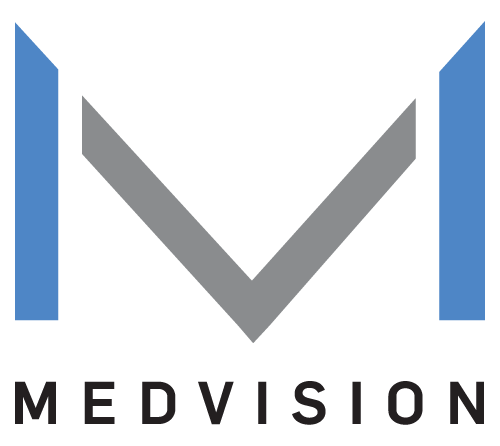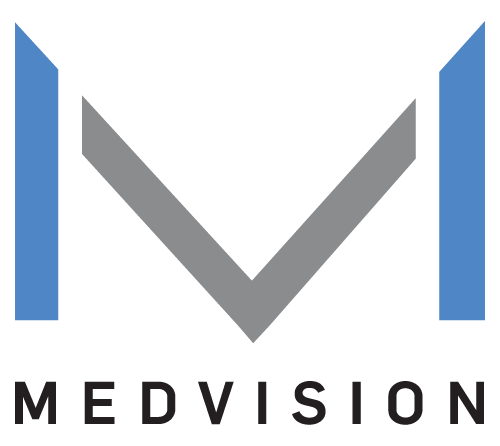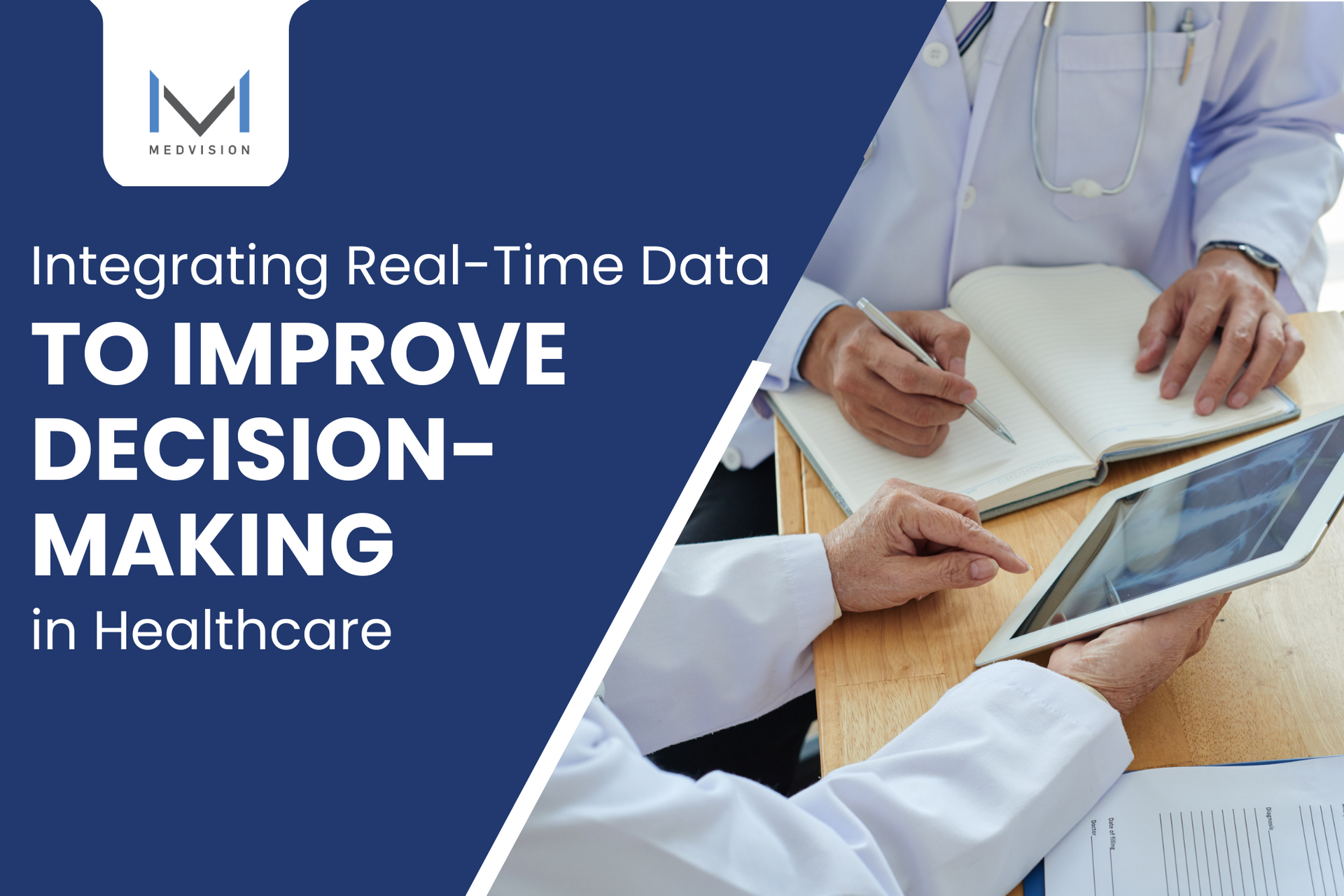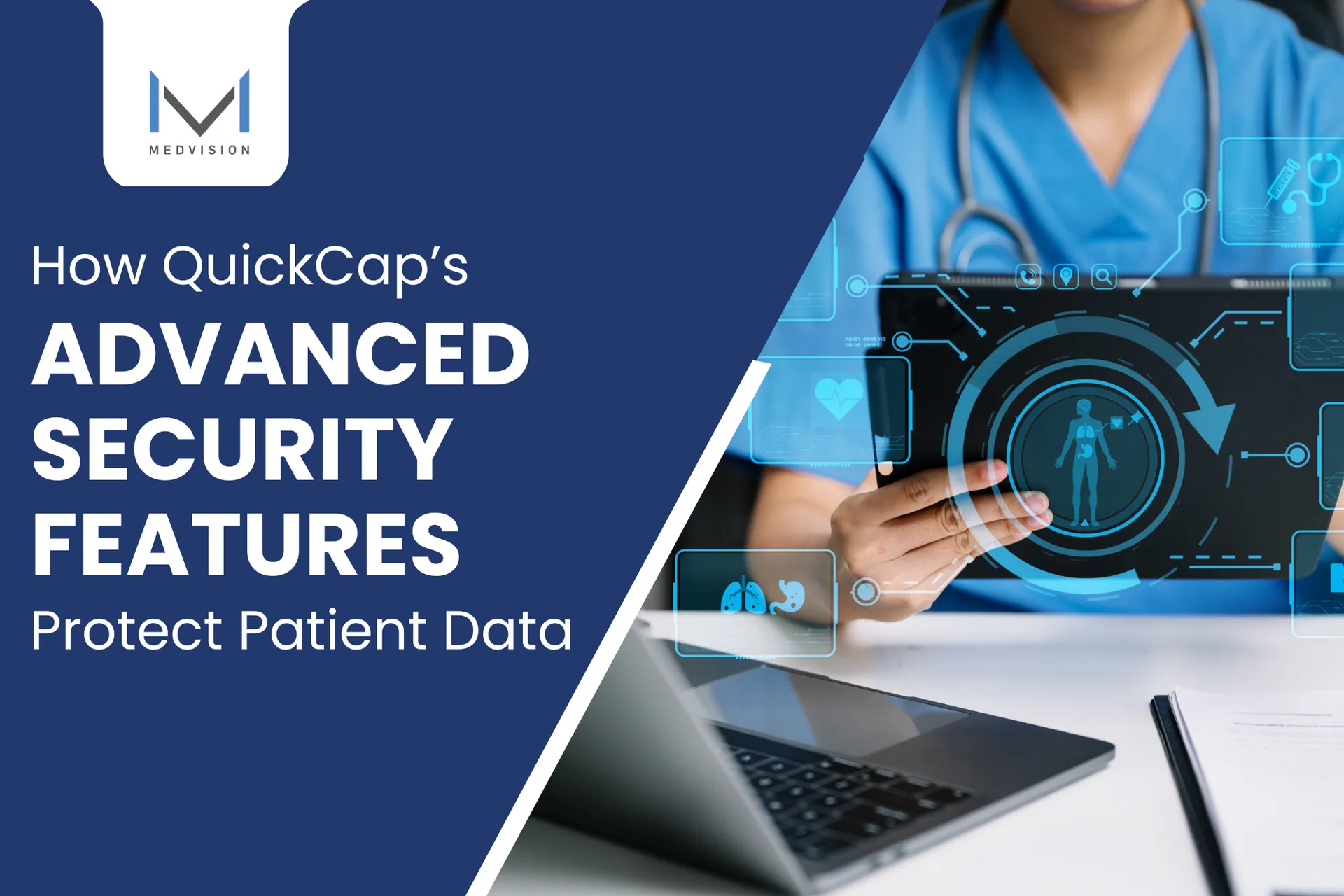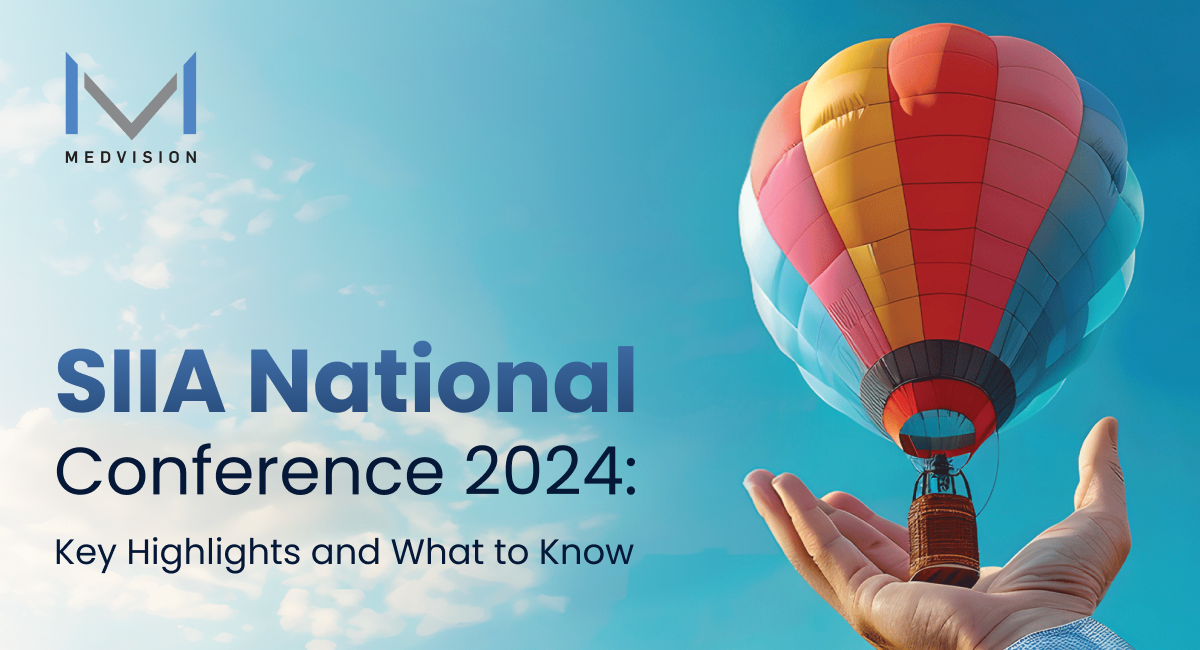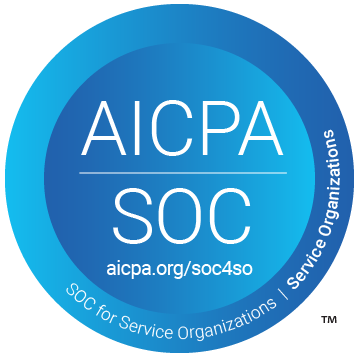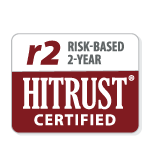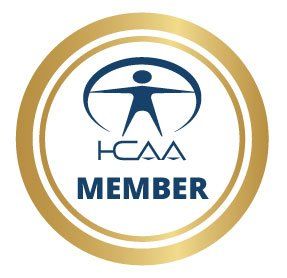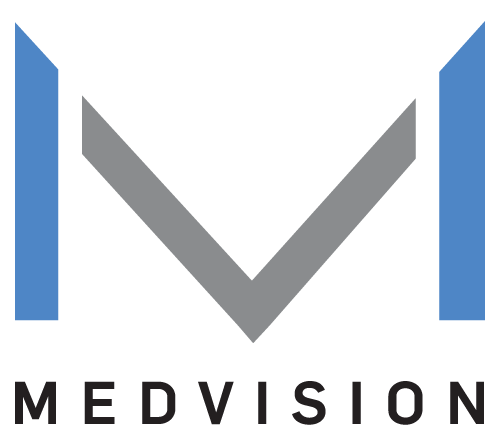Automate to Alleviate: How the Right Healthcare Software Can Reduce Burnout
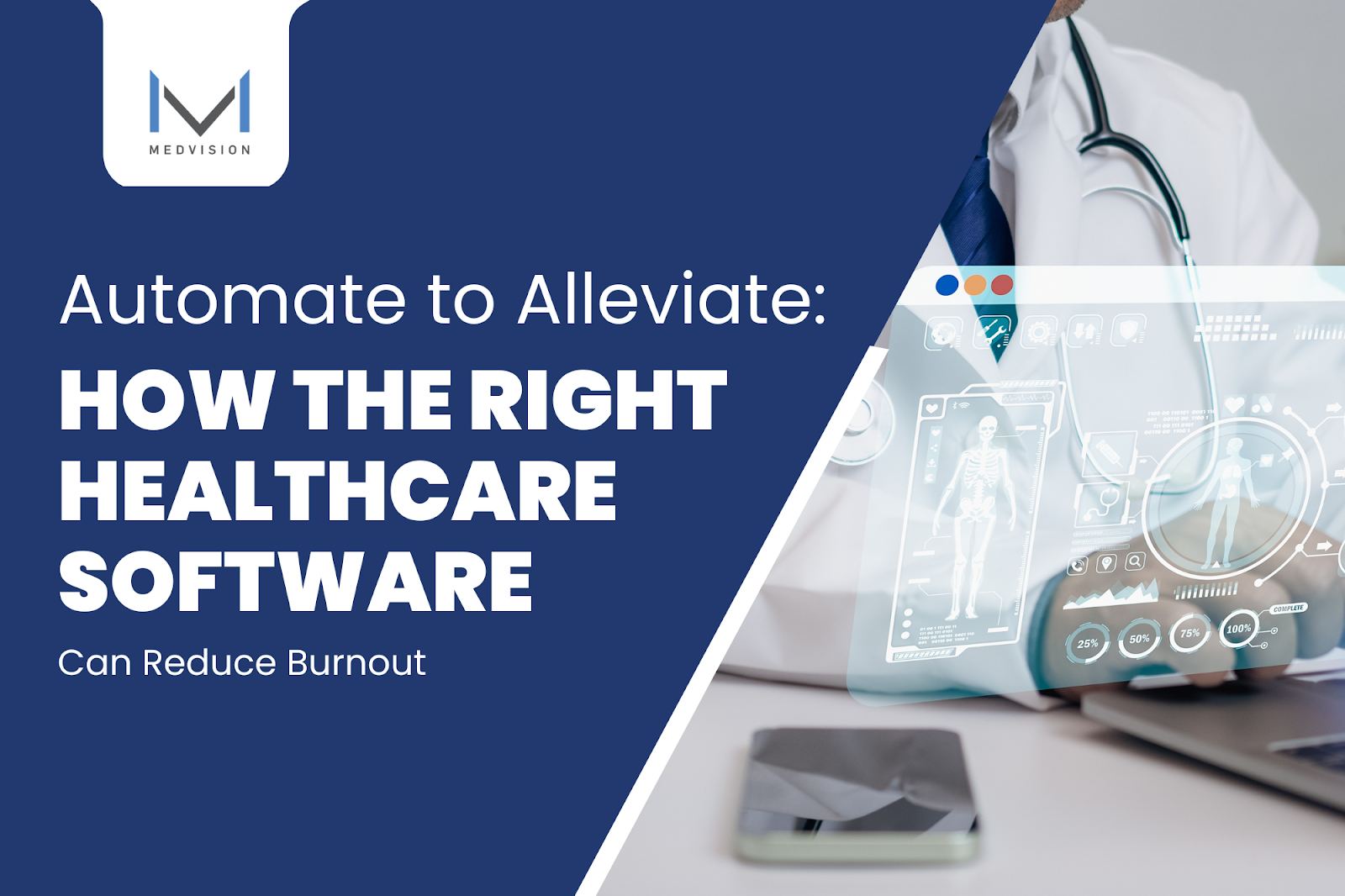
Burnout among administrative staff is a pressing issue that often goes unnoticed. While clinicians are in the spotlight, the healthcare administrators working tirelessly behind the scenes face immense pressure. From juggling schedules to managing billing, their workload is relentless.
Reducing the administrative burden is essential to combat burnout, and the right healthcare automation software can be a transformative solution.
Leading Healthcare Administration Software
Built with Automation
The Silent Burnout Epidemic in Healthcare
Burnout is the physical, mental, and emotional strain that develops from persistent stress, often resulting in a loss of motivation and detachment from one's work or life.
In healthcare administration, the biggest drivers of burnout include:
- Extensive working hours
- Juggling endless admin tasks
- High workload due to understaffing
- Reliance on manual processes or outdated systems
- Repetitive tasks like data entry, filing, and claims processing
- Pressure to avoid errors in documentation, scheduling, and billing
Admin burnout ripples in healthcare systems, undermining efficiency, patient outcomes, and overall organizational success.
Struggling employees face productivity setbacks in scheduling, billing, and claims processing while driving staff turnover and increasing recruitment costs.
When the administrative side struggles, patients may face delays, communication lapses, or billing issues that negatively affect patients.
Read:
Reducing Costs: Your Guide to Automating Outdated Manual Tasks
Did you know?
In 2022, nearly half of healthcare workers reported dealing with regular burnout, which added up to an extra $4.6 billion in costs for the industry.
How Automation in Reduces Administrative Stress
Automation in healthcare administration helps ease the burden of managing the overwhelming volume of repetitive, detail-oriented tasks. Taking over these time-consuming processes enables administrative staff to perform their duties more effectively while experiencing significantly less mental strain.
Below, you’ll find the main processes that can benefit from
healthcare solutions with automation features.
Scheduling
Manual scheduling is prone to missteps and is time-consuming. Automated systems let patients book or cancel appointments easily online, minimizing no-shows, optimizing schedules, and freeing up time for quality patient interactions.
Patient Intake
Manually updating patient records can be tedious and error-prone. Digital registration forms in healthcare practice management software allow patients to fill in their details and insurance information ahead of time, feeding it directly into EHRs or databases. This approach reduces administrative effort, saves time, and enhances accuracy.
Patient Follow-ups
Timely communication about follow-ups, test results, and medication adherence is crucial but can overwhelm staff. Automation simplifies this, sending reminders for tests, check-ups, and refills on preset schedules.
Medical Records Management
Manually managing medical records is a major time drain. With tools like electronic medical records (EMR) and electronic health records (EHR), patient data is updated, stored, and retrieved securely without the hassle.
This automation gives healthcare professionals rapid access to records, keeps you compliant with data regulations, and frees up valuable time for higher-priority tasks.
Compliance and Reporting
Managing complex and evolving healthcare regulations is challenging. Modern healthcare management software simplifies metrics tracking, regulatory submissions handling, and creating reports. These systems reduce the risk of non-compliance while making reporting much easier.
Data Analytics and Insights
Healthcare operations generate vast amounts of data that can drive decision-making if analyzed efficiently. Advanced tools collect and analyze data to provide insights into patient care trends, operational efficiency, and more. Automated data analytics supports informed decision-making, identifies areas for improvement, and enhances service quality.
Key Features of Healthcare Automation Software

When administrative tasks in healthcare keep piling up, automation becomes essential rather than optional. Embracing advanced healthcare solutions helps organizations streamline operations, boosts staff morale, and improves financial outcomes.
Let’s look into the essential features that top-tier healthcare automation software should offer:
1. Scheduling Tools
Forget the hassle of manual appointment management. Advanced scheduling tools make it a breeze. Patients can easily book, reschedule, or cancel appointments through self-service online portals, while waitlist management fills in gaps from cancellations. Automated reminders help cut down on no-shows, and real-time updates prevent double bookings.
2. Patient Communication Modules
Staying connected is key to happy patients. With healthcare automation, you get a mix of smart tools: automated email or SMS reminders, HIPAA-secure messaging, and even a 24/7 chatbot for quick answers or appointment scheduling.
3. Billing and Claims Automation
Managing billing and claims doesn't have to be overwhelming. Leverage healthcare administration software to simplify processes with features such as:
- Invoice generation for precise, professional bills that you can send electronically
- Error detection that flags discrepancies to minimize rejected claims
- Batch claims processing and electronic claims submission
- Payment status tracking that provides visibility into payment cycles
- EHR integration for a seamless flow of patient data
4. Reporting and Analytics
Automated reporting and analytics tools provide actionable insights at the click of a button. Look for software with the following features:
- Customizable dashboards to track key metrics
- Real-time data insights on patient volumes and financial performance
- Trend analysis to guide operational or marketing strategies
- Key performance indicator (KPI) monitoring on productivity, patient satisfaction, and revenue goals
5. Document Management and E-Signatures
Managing paperwork can be a logistical nightmare, but it can be more manageable with the right tools. Look for software with:
- Electronic forms for faster manual data entry and fewer errors
- Legally compliant e-signatures that meet regulatory standards
- Cloud storage for quick and secure access to documents
- Quick search functions with filters to locate files in seconds
- Batch processing that enables the download or print of multiple documents in one go.
- Format flexibility in exporting files to suit your needs
6. Workflow Optimization Tools
Administrative workflows involve multiple steps and stakeholders. Healthcare automation software reduces friction with tools like task prioritization based on urgency or deadlines and automated reminders to keep staff on track.
What to Consider When Choosing the Software for Your Practice
Choosing the right software is paramount in reducing burnout in healthcare workers and optimizing operations. With a lot of software options available, you must focus on solutions that offer automation features your practice needs.
Here are other factors to consider:
- Go for software that’s straightforward and intuitive so everyone can use it without a steep learning curve. Look for user-friendly designs and solid training or support resources.
- Select a platform that supports additional users or patients and offers flexible pricing or modular features to match your growth.
- Get healthcare software that adapts to your practice’s unique workflows, specialties, and team needs. It must be flexible when it comes to scheduling, billing, and reporting.
- Make sure the healthcare software comes with comprehensive onboarding and ongoing support to really get the most out of it.
- Ensure the software works well with your current tools—like EHRs, billing systems, and patient communication platforms—to keep everything running smoothly and avoid duplications.
Automate Your Workflows with QuickCap!
Picture a day at work where tedious tasks no longer drag out your schedule, and your staff can channel their energy into delivering quality healthcare.
QuickCap helps you reach this goal by combining smart technology solutions with user-friendly features built specifically for healthcare management. At MedVision, we’re here to help you take the first step toward a more seamless future.
Would you like to know more details on how QuickCap can improve your operations? Don’t hesitate to contact our team today for a FREE demo.
Recently published articles
Keep in touch
Subscribe to get the latest update
Than you!
You have successfully subscribe to our blog updtes!
Please try again later
Trending topics
Upcoming events and company news
Connected Healthcare
SOC Certification Achievement
MedVision has successfully met the criteria outlined in the SOC (System and Organization Controls) audit for service organizations. This certification demonstrates MedVision’s adherence to rigorous standards for security, availability, processing integrity, confidentiality, and privacy.
As a service provider managing sensitive data and overseeing critical functions on behalf of clients, this certification underscores MedVision’s commitment to maintaining high standards of operational excellence and data security.
HITRUST Risk-Based 2-Year Certification Achiever
The Health Information Trust (HITRUST) is a standards organization dedicated to security, privacy, and risk management. They developed the HITRUST Common Security Framework (CSF), which assists organizations in maintaining a comprehensive and secure approach to HIPAA compliance and managing risks. HITRUST is widely recognized as the benchmark in data security and privacy.
Certified Member of HCAA
The Health Care Administrators Association is the nation's largest nonprofit trade association for third-party administrators, stop loss insurance carriers, managing general underwriters, audit firms, medical managers, technology organizations, pharmacy benefit managers, brokers/agents, human resource managers, and health care consultants. HCAA has spearheaded the change of self-funding for more than 35 years.
Share and post page directly to social media.
Ready to get started?
Call us @ 847 - 222 - 1006
LINKS
GET IN TOUCH
3233 N. Arlington Heights Rd.,
Suite 307, Arlington Heights, IL 60004
Phone:
847-222-1006
Fax: 847-222-1066
STAY INFORMED
Subscribe to our blog updates!
Blog Subscription
Than you!
You have successfully subscribe to our blog updates!
Oops, there was an error in sending your message. Please try again later
LINKS
GET IN TOUCH
3233 N. Arlington Heights Rd.,
Suite 307, Arlington Heights, IL 60004
Phone :
847-222-1006
Fax :
847-222-1066
STAY INFORMED
Subscribe to our blog updates!
Medvision | All Rights Reserved.
